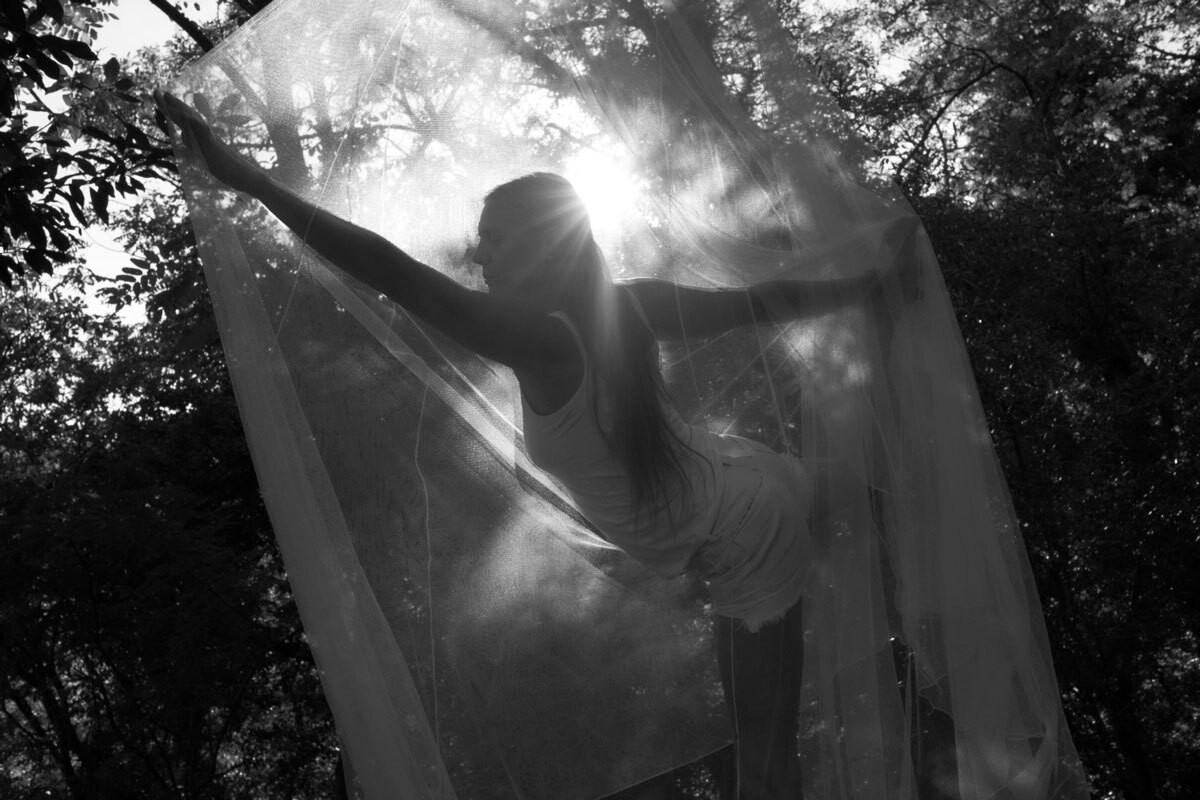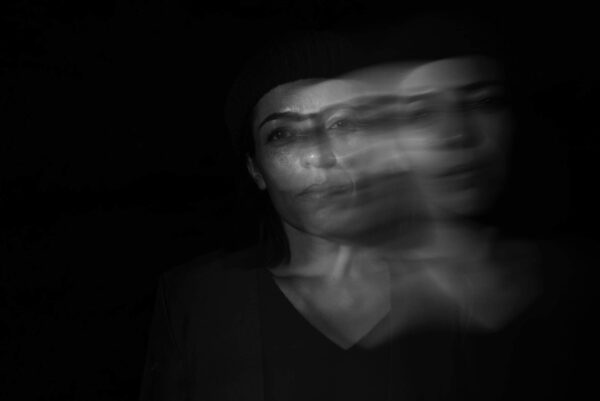FG Founder Michele Pernetta looks at how yoga may lessen the symptoms associated with Seasonal Affective Disorder.
For some, winter is the holiday season of great cheer. Skiing, log fires, xmas cheer and hot chocolate with the family spring to mind.
For others the lack of light, the cold and the damp can mean low energy, lack of motivation and even depression. This is known as Seasonal Affective Disorder or SAD.
Serotonin and melatonin are crucial hormones for feeling positive and empowered, and for the sleep/wake cycles. Serotonin reduces in winter due to lack of sunlight, while melatonin can increase in response to the lack of light.
However it is thought that some people’s bodies do not adjust correctly to the shorter days of winter and their increased melatonin production makes them feel sleepy and lethargic. On top of this, they have a decreased production of serotonin, the “feel-good” hormone, and this means sufferers can feel literally sad or even depressed. This means people often do not feel like exercising, or going out and being social and so a vicious circle is created.
Although very little research has been done on yoga and SAD, there is a good body of evidence to show that yoga is very helpful in supporting symptoms of depression, and theories about yoga and SAD and how the body is affected by both, suggest that yoga can lessen SAD’s symptoms.
Timothy McCall, author of Yoga as Medicine cites research showing that people suffering from depression who did yoga experienced an increase in serotonin and became more sociable.
Recent studies suggest that those who suffer from PMS are also most likely to suffer from SAD, and yoga is well known for being very beneficial for those who suffer from PMS. By helping to regulate hormones and improving circulation, yoga can alleviate the symptoms of PMS, and thereby it is believed, improve the SAD symptoms as well.
The journal Medical Hypothesis suggests that the pineal gland may help regulate the body’s circadian rhythms – the 24 hour cycle of the body’s sleep wake, hormonal and temperature cycles. The author Eric Leskowitz of the Spaulding Rehabilitation Hospital in Boston speculates that yoga and specifically certain breathing exercises aimed at the crown chakra which is where the pineal is located, may help regulate the seasonal and circadian rhythms.
Hot Yoga (yoga performed in a heated room as we do at Fierce Grace studios) now hugely popular worldwide, may also have an added benefit to the yoga class itself. The months of cold weather and darkness are broken up by coming into a “summery” room, with its heat and warm light. The 100 degree temperature and sweating seem to be cathartic. Many Hot Yoga students have said it feels like they get a “little slice of summer” by sweating and feel warm, and so the winter seems shorter and more enjoyable and their mood is brightened.
St John’s Wort, Vitamin D, light boxes, yoga, exercise, eating a natural diet and meditation have all been shown to have a positive effect on SAD. But of course, if your depression or feelings of lethargy are not responding, it is advisable to always consult your GP.

